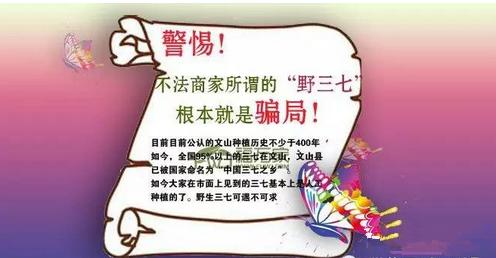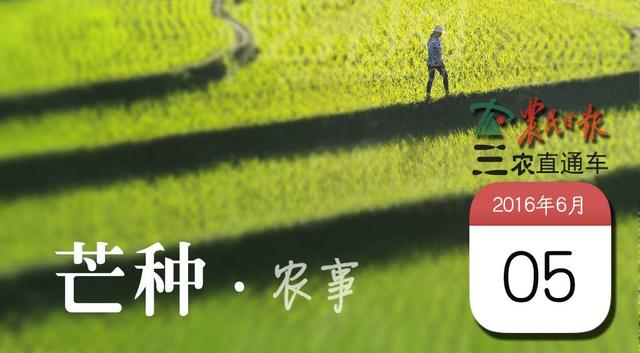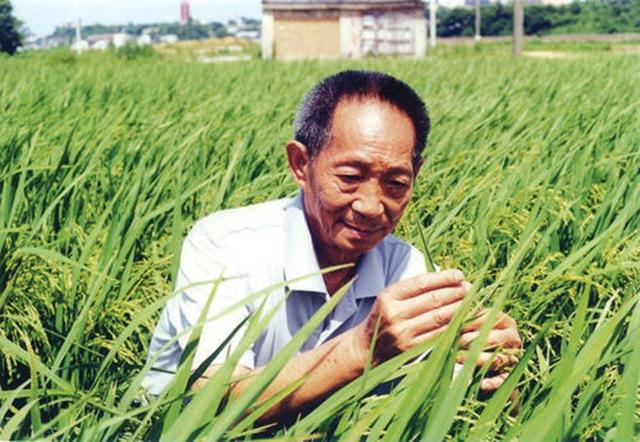Alert! The so-called "wild pseudo-ginseng" and "semi-wild" of illegal merchants are simply scams!
Panax notoginseng plays an important role in traditional Chinese medicine, and it is very popular with its powerful efficacy, and there are more and more users. Many people will ask, "is it wild Panax notoginseng?" . As soon as I hear this, I know that I don't know about Panax notoginseng. Today, the editor will talk to you about whether there is wild Panax notoginseng or not.

Do you have wild Panax notoginseng? Yes, but that was hundreds of years ago. Here, let's talk about the planting history of Panax notoginseng. Because of its value and unique effect, Panax notoginseng changed from wild to artificial planting earlier than most Chinese herbal medicines. There is a record of "Kaihua Panax notoginseng, sold in the city and sold all over the country" in the annals of Kaihua during the reign of Qianlong in the Qing Dynasty. Wu Qijun said in the textual Research on the name and reality of plants: "when I was in Yunnan, I consulted Guang Nanshou with books, answered clouds, stems and leaves of Panax notoginseng, feared the sun and rain, and cultivated it frequently." Cover all kinds of plants, non-wild plants also. At present, it is recognized that the planting history of Wenshan is not less than 400 years. Today, more than 95% of the country's Panax notoginseng is produced in Wenshan. Wenshan County has been named "the hometown of Panax Notoginseng in China" by the state. Such a long planting history also proves the rarity of wild Panax notoginseng. Nowadays, the Panax notoginseng that you can see on the market is basically artificially planted, and wild Panax notoginseng can be said to be a rare thing that can not be found.
So what does wild Panax notoginseng look like? To tell you the truth, I am from Wenshan and have never seen it before. I asked the people around me and I haven't seen it either. I just heard that pure wild Panax notoginseng grows in the primeval forest of Wenshan, Yunnan. Panax notoginseng is smaller than artificially planted Panax notoginseng, and its appearance is naturally worse. Panax notoginseng must be taken good care of in the process of planting in order to grow healthily, slightly inadvertently will be affected by diseases and insect pests, disease, death or decay, the planting process is very difficult. So the so-called "semi-wild Panax notoginseng" is even more fake.
Here are what some businesses call wild Panax notoginseng:
First, Panax notoginseng
Stem cylindrical, surface grayish brown or grayish brown; brittle, easy to break, hollow section. The leaves are shrunken, often deciduous, alternate or nearly opposite, flattened and oblanceolate, and the flowers are yellow. Not easy to dry, after drying the quality is loose, dark brown, the surface is not flat. This is the poisonous Panax notoginseng, not the so-called "wild Panax notoginseng"!
Second, Panax notoginseng
It is cylindrical, slightly flattened or curved, and the globules are irregularly massive. All of them had multiple tumor-like buds of different sizes, and some saw scars left by broken buds. The cork is slightly thick and crumpled, hard and brittle, easy to break, the cross section is white, powdery, and the cross section is yellowish brown after boiling. Some people think that this is "wild Panax notoginseng". In fact, it is a common rattan panax notoginseng on the roadside.
Third, Panax notoginseng
Rhizome prostrate, nodular, internodes very short, with sunken stem scars, slender fibrous roots on nodes; roots massive fusiform. Stem basal scales subfleshy, persistent; stems Terete, striate, green, glabrous. It should be noted that this kind of Panax notoginseng is not "wild Panax notoginseng" or "semi-wild Panax notoginseng".
Fourth, Panax notoginseng seed
Panax notoginseng seeds are commonly known as Panax notoginseng which is born in one or two years. The seeds of Panax notoginseng are sick and have to be dug in order to reduce greater losses, or because the planting cost of Panax notoginseng is so high that some growers are unable to continue to grow for economic reasons. In order to get the working capital as soon as possible, we have to dig ahead of time. Some unscrupulous businessmen just look at the small size of the seeds, so they pass them off as wild Panax notoginseng.
Fifth, Panax notoginseng
Panax notoginseng is a kind of Panax notoginseng, which is of poor quality, wrinkled, not full and has no efficacy. Some businesses with lust for profit will use Panax notoginseng as wild Panax notoginseng.
At present, wild Panax notoginseng and semi-wild Panax notoginseng, which are sold online and on the market, are actually impersonated by poor winter Panax notoginseng, ungrown Panax notoginseng seeds, or Panax notoginseng, Teng Panax notoginseng, and Pingbian Panax notoginseng, which are similar to Panax notoginseng in appearance, and run counter to health. Therefore, consumers should not buy blindly because they hear "wild" or "semi-wild". It is not only ineffective in curing diseases and health, but counterproductive.
- Prev

Grain in Beard does not plant the through train for agriculture, rural areas and farmers, but it is useless to plant it again.
Grain in Beard does not plant the through train for agriculture, rural areas and farmers, but it is useless to plant it again.
- Next

People in the industry, you are actually very good!
People in the industry, you are actually very good!
Related
- A course of planting techniques and methods on how to grow carrots
- How to plant the latest tulips?
- Is it better to pick tea in the morning or in the afternoon? When is the best time for tea to be picked? what is the third or fifth tea?
- Launch Yuanxiao Happy combination Haocha + Tea Yuan healthy Taste
- Penghu Tourism "Fireworks 20 Parade with You"
- 2022 West Lake Happiness holds "Digital Revitalization Voucher" and draws iphone13 and laptop.
- Banqiao Fuzhou social houses are designed to change start-up combined with police elimination to create a safe and livable environment
- The convenient measure of "mechanical weeding" in Xinbei has been abused and the Agriculture Bureau has imposed heavy penalties on the illegal land consolidation.
- Changgeng University Joins Hands with Four Memory Factories to Rescue Memory Talent Shortage
- The list of Taiwan's top 100 MVP managers is listed by the Director-General of the Farmers' Association of Sanxia District.

